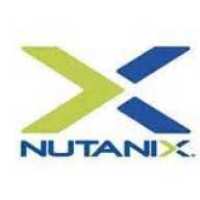Using multiple storage request queues for ultimate virtual machine performance
Speaker
Felipe Franciosi
Abstract
Since virtualisation was adopted by industry, the main concern has always been performance overhead. Enterprises often ask: "if my workload is virtualised, how much will it suffer in terms of performance?". In the end, it comes to a trade-off between the flexibility and ease-of-manage of virtual machines versus performance penalties.
But it doesn't have to be like that. Advances in CPU technology such as Intel VT-x and AMD-V ensures that the overhead of CPU-bound workloads is neglectable. Similar efforts for I/O devices are more recent, such as the Data Plane Development Kit (DPDK) for network cards. A good story for storage is also coming with the Storage Performance Development Kit (SPDK).
This talk will discuss how Nutanix revolutionised performance for virtual machines using multiple storage request queues based on NVMe Technology. We will elaborate on the performance challenges involved in modern hardware (CPU, Network and Storage), dive into our scientific approach to solve this problem and take a peek into what lies ahead.
Speaker Bio
Felipe is a Staff SW Engineer working for Nutanix since October 2015, more specifically on the Acropolis Hypervisor. Previously, he worked for Citrix during four years on the performance of XenServer's storage datapath. Before that, he finished a PhD at Imperial College London on the same subject. Besides performance of virtualised storage, his interests also include operating systems, distributed systems, HPC and computer networks.
Useful contacts
- Tom Curtin
Industrial Liaison Officer
LinkedIn
- Prof. William Knottenbelt
Director of Industrial Liaison